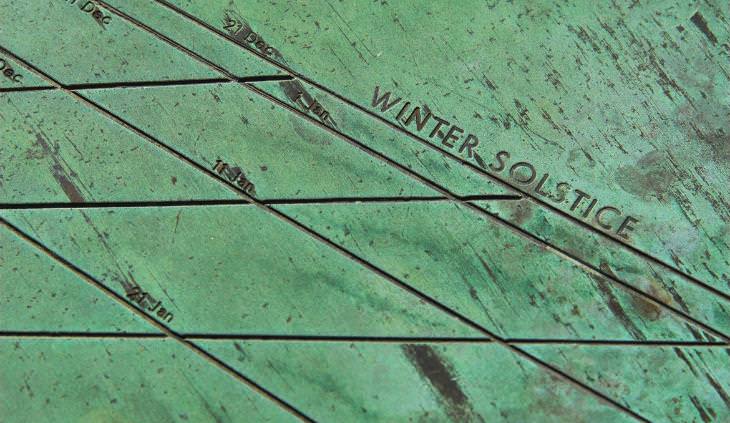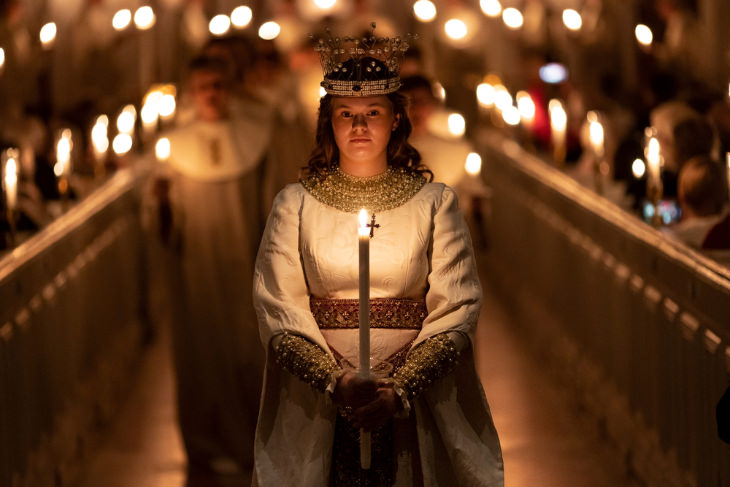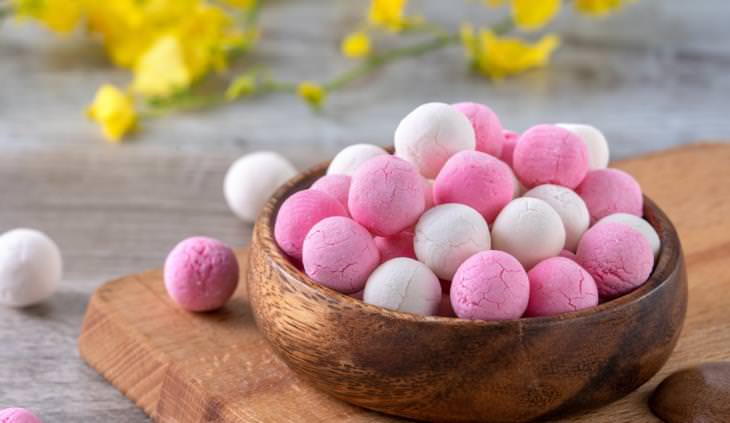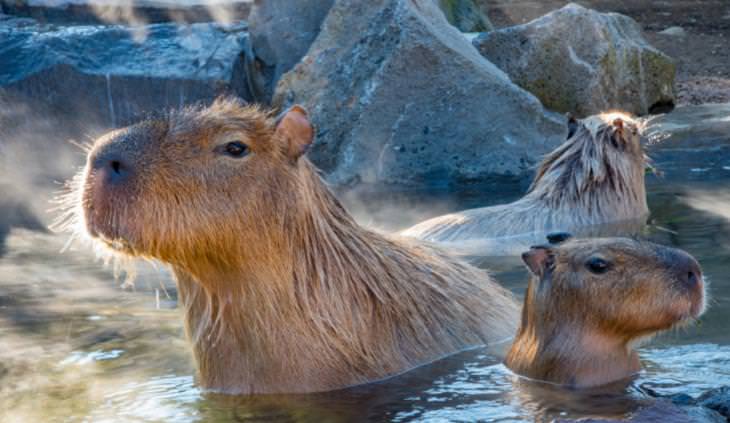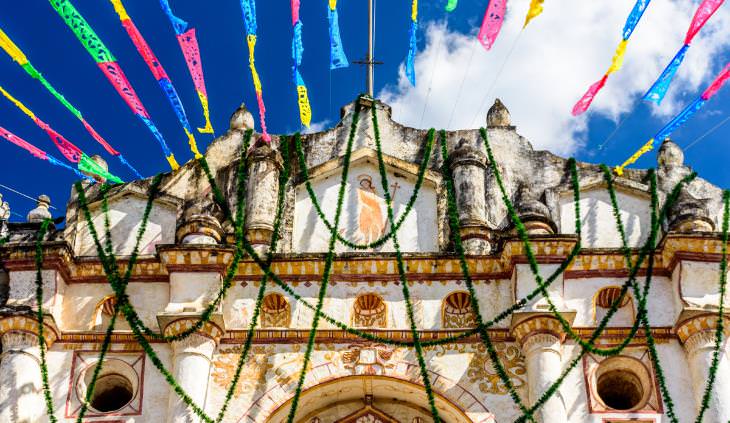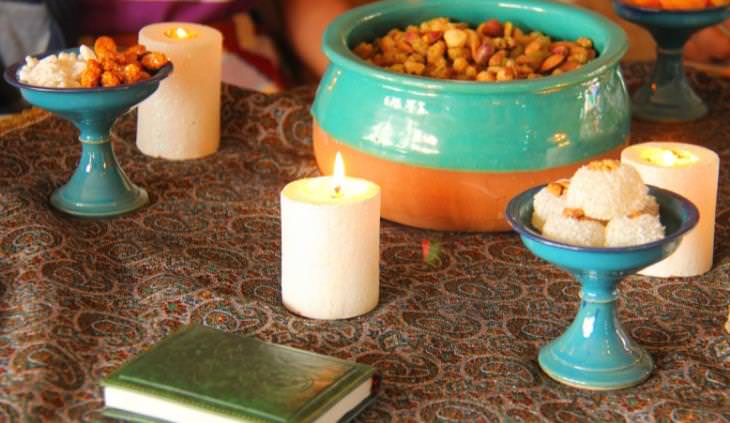What is the winter solstice?
The word solstice is derived from the Latin words sol- for sun, and stit-, meaning standing still. The original word, solstitium, was eventually shortened to solstice. When we say solstice, another term may pop into mind - equinox. An equinox happens twice a year, just as a solstice does, but it happens in spring and fall, marking the two days in the year when the day and night are of equal length.
Now that you know the basics of the winter solstice, let's take a look around the world and see how it's celebrated in different nations.
Source
Scandinavia
The northernmost countries of the world celebrate Saint Lucia Day (also known as Saint Lucy) on December 13, the solstice of the old calendar. There's a parade of young women in traditional clothing: a white robe, red sash, and a wreath of candles on the head. They light the way through the dark winter nights! Traditional foods include gingersnap cookies, saffron buns, and glogg - the local name for mulled wine.
England
Can you believe it's almost 2022 and we still don't know the exact origins of Stonehenge? Be that as it may, one thing is certain - somehow, the monument lines up with the movement of the sun. Some research suggests that winter solstice celebrations took place there. And so, today, the English gather at Stonehenge at dawn after the solstice. The natural spectacle of the sun rising between the stones never fails to impress. Usually, the vicinity of the stones is roped off, but for this day, visitors can walk right up to the stones.
Another English celebration called the Burning the Clocks festival takes place in Brighton. As the name implies, this is a light and fire festival. A parade marches to the beach, where a big bonfire burns wooden and paper lanterns and clocks to mark the passage of time and people's wishes for the future.
Another parade of light and fire has been taking place for the past 12 years in Cornwall. There, the people also wear disguises.
Ireland
In Ireland, the celebration is similar to the one held near Stonehenge. Locals gather around a man-made monument in Newgrange. There's a 5,200 years old tomb and a temple that lights up with the sunrise for 17 minutes until the sun passes. Visitors can apply for a lottery to be inside the tomb when it is illuminated by the sun. Others gather outside.
Vancouver, Canada
An annual lantern festival takes place in the city to honor the many many ceremonial celebrations that take place in December in every religion. Attendees can enjoy a lantern-making workshop, and there's a parade through the city that ends with a fire show. If you missed the parade, there's also a labyrinth of 600 candles!
China
The Chinese have been celebrating Dongzhi for millennia now. It falls either on the 21st, the 22nd, or the 23rd of December. Families gather for a big meal with tang yuan - a traditional rice ball. Dongzhi is thought to mark the end of the harvest season. The celebration is also aligned with the values of yin and yang: the mix and relation between the dark night and the bright day, among other things.
Japan
One of the traditional vegetables of the Japanese winter solstice celebration is called Toji, the Kabocha squash, which is one of the only crops available at this time of the year in ancient times. The Japanese also enjoy a bath with yuzu citrus fruits, believed to ward off illness and soothe the body and the mind. Here's a peculiar custom: some zoos will throw yuzu in the warm water of capybaras, for them to enjoy a yuzu bath too!
South Korea
The South Korean celebration of the winter solstice is called Dongji. The customary festive food is Patjuk - a red bean porridge. Red is considered a lucky color that keeps bad spirits away. South Korean Dongji gifts are quite specific. They include calendars and socks.
Guatemala
In Chichicastenango, the entire week leading up to the winter solstice celebrates the feast of Saint Thomas. The Catholics usually celebrate this feast in July, but the Guatemalan feast is a mix of Christian and Mayan celebrations, so it falls to the solstice. For an entire week, celebrators wear brightly colored traditional costumes and masks and enjoy parades, music, and fireworks. There's also a traditional flying pole dance: you climb a 100-foot pole, tie a rope, and jump off!
Iran
The ancient festival of Shab-e Yalda has been celebrated since the days of the ancient Persian Empire, long before Iran was called Iran, in the distant days when it was named Persia and ruled by kings. As every celebration on the list, it honors the victory of light over darkness. Families gather for a candle or fire-lit night of poetry reading and a feast. Traditional foods include nuts and fruits, particularly watermelon and pomegranate, as it is believed that eating summer fruits will protect you from winter illnesses.
Hopi tribe in Northern Arizona
For the indigenous Hopi tribe, the winter solstice is the time to honor their Kachina (or Kastina), the ancestral spirits of the natural world. The ceremony is led by the chief, and it welcomes the sun back to its summer path with a ritualistic dance and songs. There's also gift-giving to children, prayers, and storytelling.

